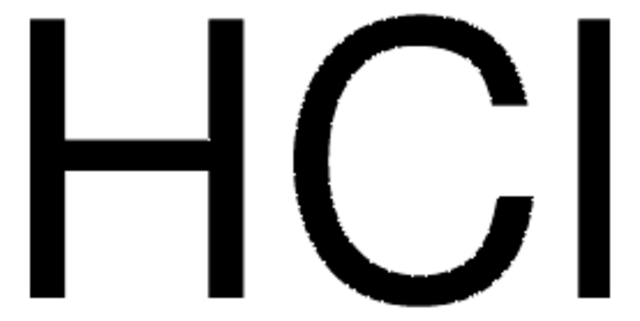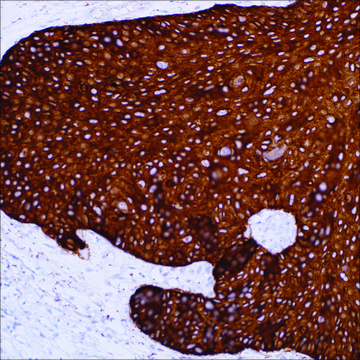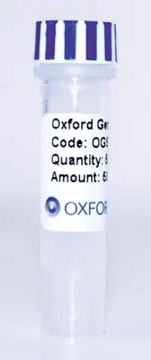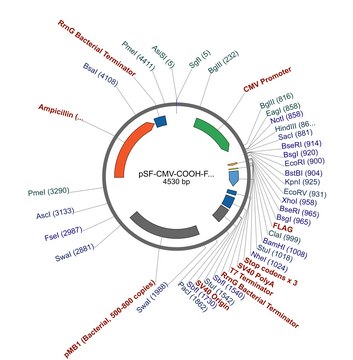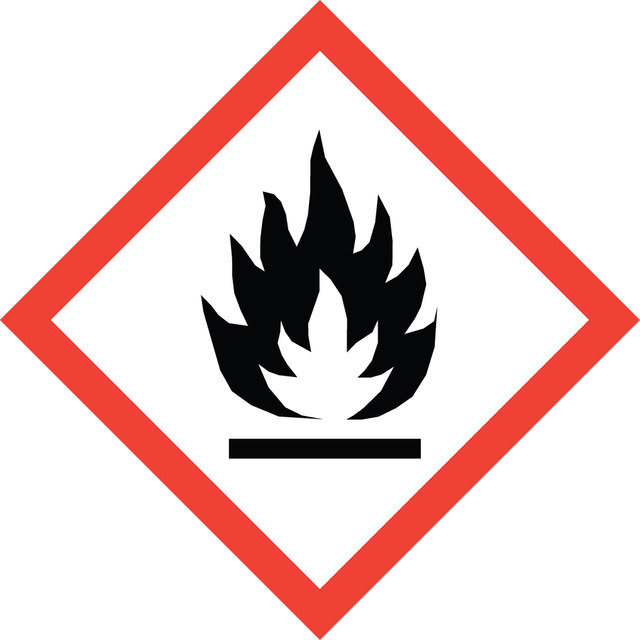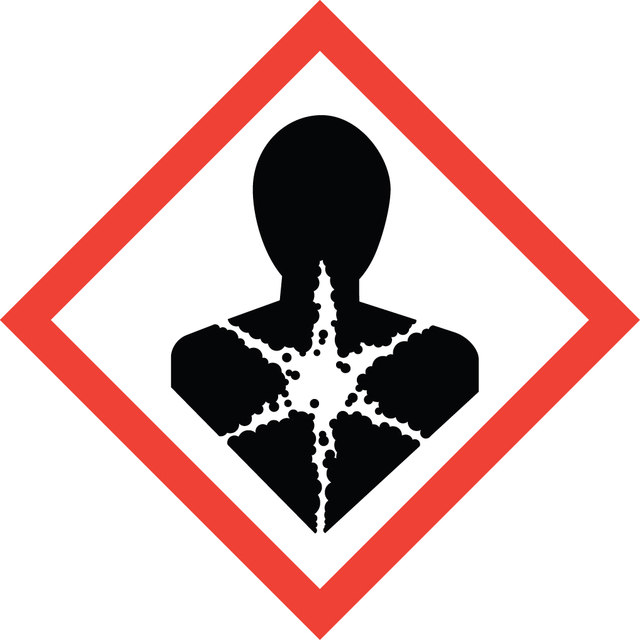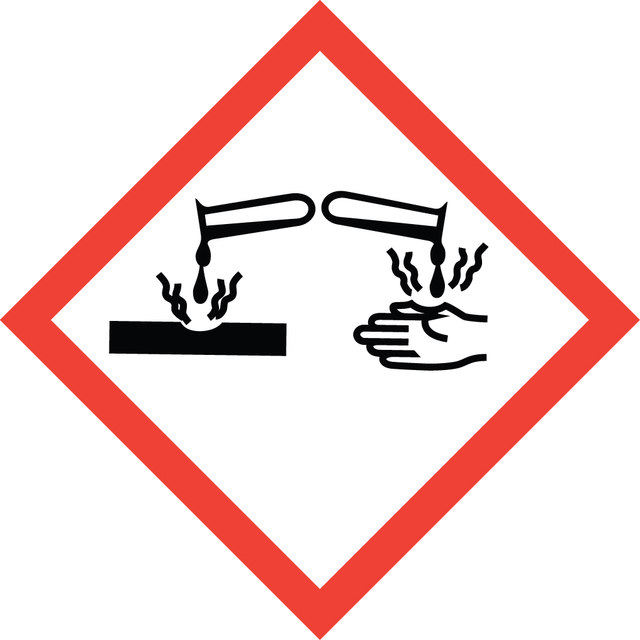About This Item
Recommended Products
form
liquid
Quality Level
concentration
3.80-4.40 M (by NaOH, titration)
4.0 M in dioxane
density
1.05 g/mL at 25 °C
SMILES string
Cl
InChI
1S/ClH/h1H
InChI key
VEXZGXHMUGYJMC-UHFFFAOYSA-N
Looking for similar products? Visit Product Comparison Guide
Related Categories
1 of 4
This Item | OGS621 | OGS620 | OGS619 |
|---|---|---|---|
| peptide cleavage EKT | peptide cleavage EKT | peptide cleavage EKT | peptide cleavage EKT |
| origin of replication pUC | origin of replication pUC | origin of replication pUC | origin of replication pUC |
| peptide tag location N-terminal | peptide tag location N-terminal | peptide tag location N-terminal | peptide tag location C-terminal |
| bacteria selection ampicillin | bacteria selection ampicillin | bacteria selection ampicillin | bacteria selection ampicillin |
| mol wt size 5913 bp | mol wt size 4610 bp | mol wt size 4568 bp | mol wt size 4530 bp |
General description
Application
- A reagent for the deprotection of the N-Boc protecting group from various heterocyclic derivatives.[2]
- A reagent for the deprotection of polymer protecting groups. For instance, deprotection of benzyl ether-protected polymer.[3]
- A polymerization initiator in combination with ZnCl2 in the synthesis of formyl terminated poly(ethyl vinyl ether) from ethyl vinyl ether (EVE).[4]
Signal Word
Danger
Hazard Statements
Precautionary Statements
Hazard Classifications
Carc. 1B - Eye Irrit. 2 - Flam. Liq. 2 - Met. Corr. 1 - Skin Irrit. 2 - STOT SE 3
Target Organs
Respiratory system
Supplementary Hazards
Storage Class Code
3 - Flammable liquids
WGK
WGK 3
Flash Point(F)
62.6 °F - closed cup
Flash Point(C)
17 °C - closed cup
Regulatory Information
Choose from one of the most recent versions:
Already Own This Product?
Find documentation for the products that you have recently purchased in the Document Library.
Our team of scientists has experience in all areas of research including Life Science, Material Science, Chemical Synthesis, Chromatography, Analytical and many others.
Contact Technical Service